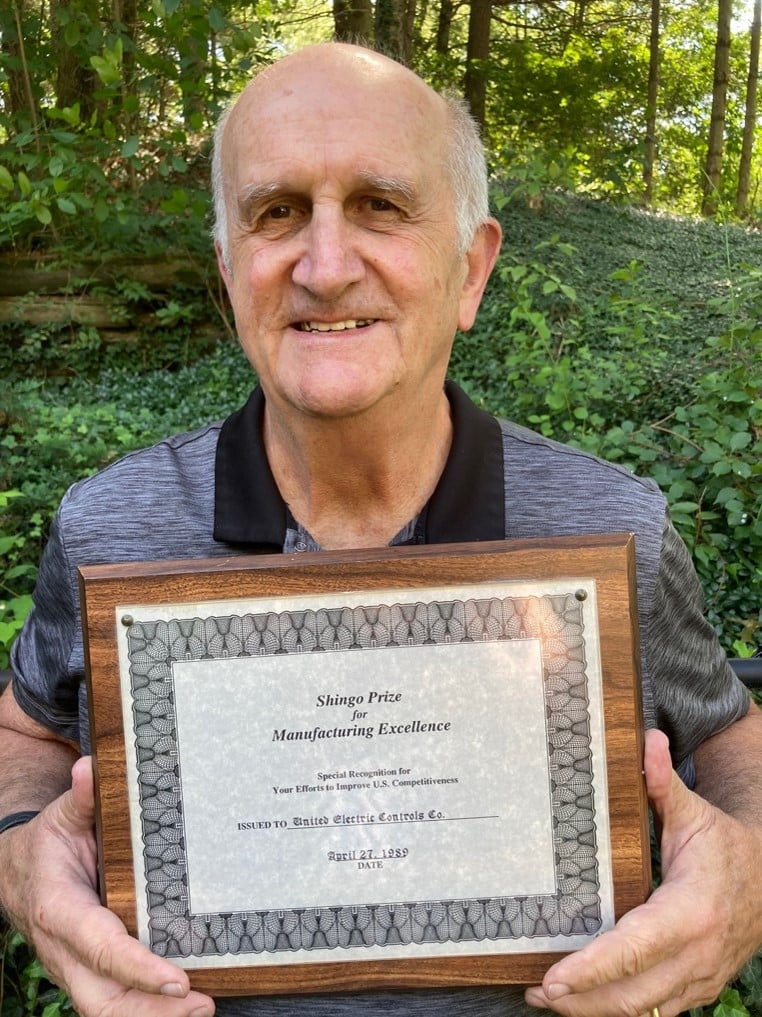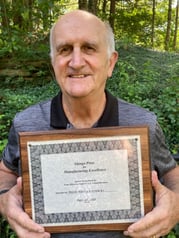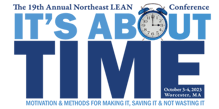A Blog About Understanding The Toyota Production System and Gaining Its Full Benefits, brought to you by "The Toast Guy"


The First Shingo Prize – Behind the Scenes
This post is a prequel to another from June 2023, which recounted the very first Shingo Prize award ceremony – 35 years ago. Attending this year’s Shingo Conference in Provo, I discovered that I was the only person in attendance that was actually at the very first ceremony, and felt compelled to memorialize the 1989 award celebration. But here is what occurred before the celebration:
 1989: On the day of the Award ceremony, held on the campus of Utah State University in Logan, Utah, I arrived early, well in advance of the event. I had flown from Boston the day before with the objective to get a better understanding why my company’s application for the Prize had not been recognized. On entering the hall, I had a chance meeting with Norman Bodek whom I had come to know as the publisher of Shigeo Shingo’s books. When I explained to Norman that I was trying to get a better idea of where we had fallen short, he replied, “Come along with me. I’m headed to a meeting about that right now.”
1989: On the day of the Award ceremony, held on the campus of Utah State University in Logan, Utah, I arrived early, well in advance of the event. I had flown from Boston the day before with the objective to get a better understanding why my company’s application for the Prize had not been recognized. On entering the hall, I had a chance meeting with Norman Bodek whom I had come to know as the publisher of Shigeo Shingo’s books. When I explained to Norman that I was trying to get a better idea of where we had fallen short, he replied, “Come along with me. I’m headed to a meeting about that right now.”
What was much more interesting about this meeting of experts was their lack of agreement regarding the best approach to improvement. While Dr. Shingo was a TPS proponent, others in the room touted TPM or TQM or TOC. This was a group of strong-minded persons from different disciplines, each proselytizing for a particular approach to continuous improvement: which improvement god was best? Shingo? Ohno? Nakajima? Deming? Goldratt? As someone who was not thoroughly indoctrinated to any of these approaches, I found the idea of exclusivity counterproductive. Was there really only one best way? The Shingo Institute, as Dr. Shingo would have advised, “kept an open mind.”
Thirty-five years later, these improvement doctrines have evolved, specialized and multiplied: Six Sigma, Lean-Sigma, Lean Startup, Agile and numerous Lean-for-this-and-that derivatives. And arguments between latter-day zealots, also multiplied, continue. Which approach should we follow? Today, as in 1989, the Shingo Institute , to its credit, keeps an open mind, not requiring Shingo Prize applicants to adhere to any particular improvement methodology. Still, I wonder at the lack of harmony and collaboration between these different schools. Isn’t it about time to work together build a better world?
What do you think?
O.L.D.
 BTW Speaking of it being about time, this would be a good time for you to register for the 19th Annual Northeast LEAN Conference in Worcester, MA, on October 3-4. The theme is apropos: IT’S ABOUT TIME. Check out our program here: https://www.gbmp.org/ne-lean-conference.html, get your team together and register soon. I look forward to see you there.
BTW Speaking of it being about time, this would be a good time for you to register for the 19th Annual Northeast LEAN Conference in Worcester, MA, on October 3-4. The theme is apropos: IT’S ABOUT TIME. Check out our program here: https://www.gbmp.org/ne-lean-conference.html, get your team together and register soon. I look forward to see you there.